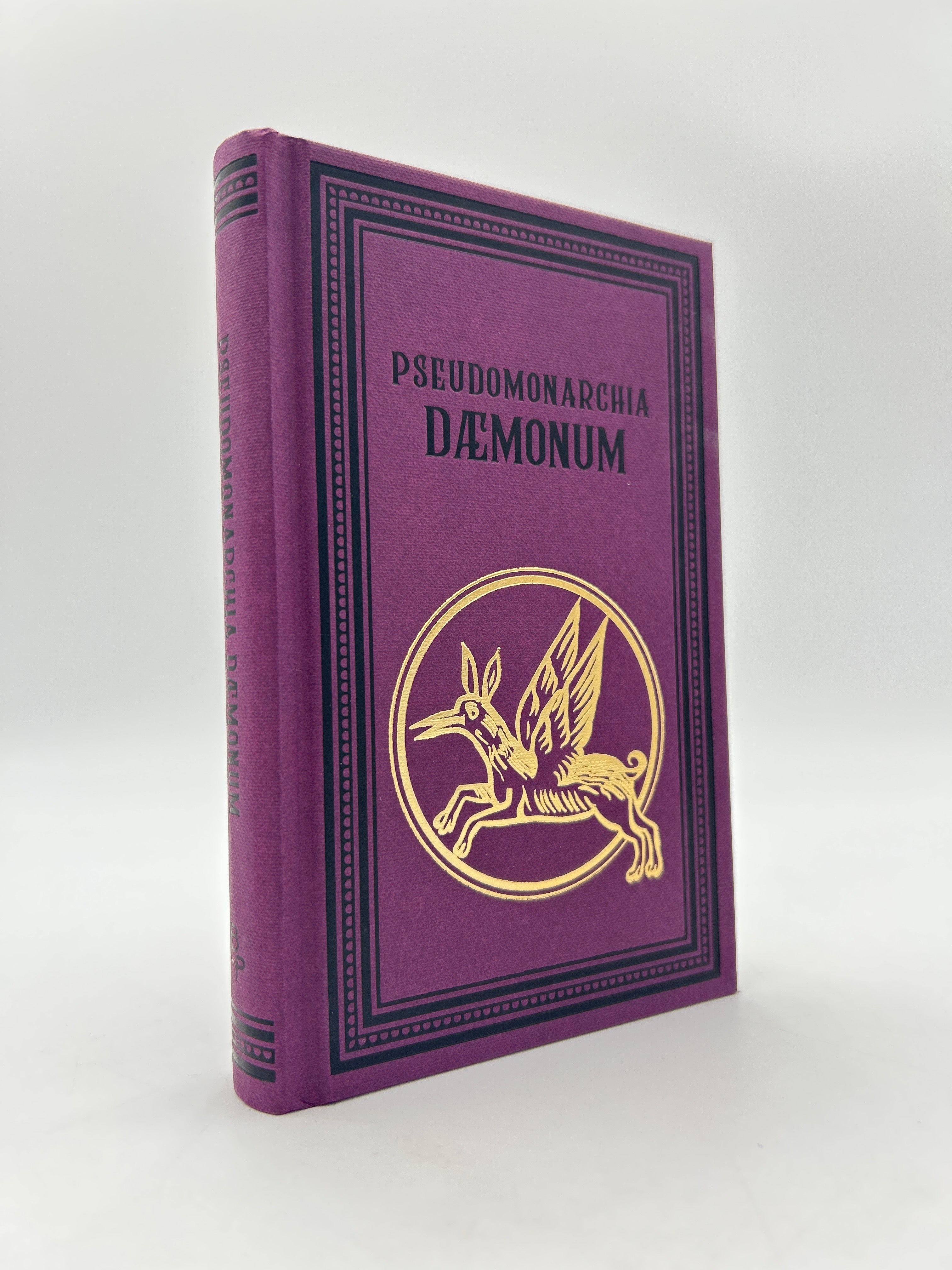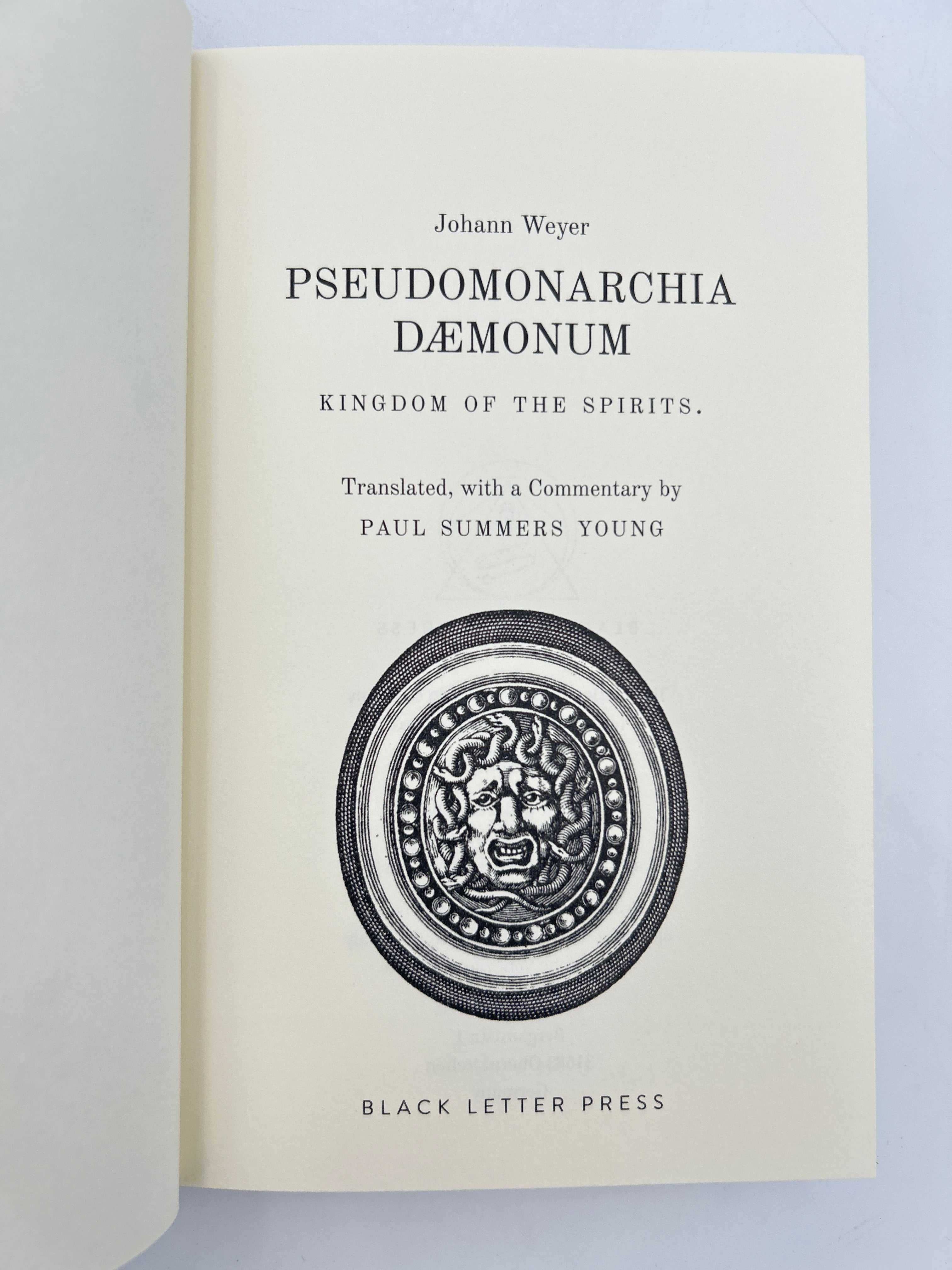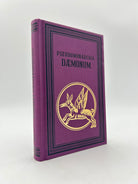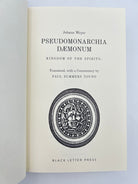Pseudomonarchia Daemonum
Couldn't load pickup availability
5r Johann Weyer. Translated by Paul summers Young. Modern Reprint.
Notes
Pseudomonarchia Daemonum (“False Monarchy of Demons”) is a Latin catalogue of demons compiled by the Dutch physician and occult scholar Johann Weyer (Johannes Wier), first published in 1577 as an appendix to his larger work De praestigiis daemonum (“On the Tricks of Demons”). Weyer, a student of Heinrich Cornelius Agrippa, was one of the first writers to argue that the persecution of witches was misguided and that alleged witches were often mentally ill rather than truly in league with the devil.
The Pseudomonarchia Daemonum lists 69 demons, describing their titles, ranks, powers, and the legions of spirits they command. Each entry gives details about how the demon manifests, what knowledge or service it can provide, and how it may be summoned—though Weyer himself presents this more as a scholarly catalogue than as a practical grimoire. His tone is skeptical and moralizing, meant to expose the superstition and folly surrounding demonology rather than to encourage its practice. The text later became a major source for the Ars Goetia section of The Lesser Key of Solomon, one of the most influential grimoires of Western occult tradition.
Johann Weyer's Pseudomonarchia Daemonum walks a fine line between serious scholarship and skeptical satire. On one hand, Weyer was deeply learned in Renaissance occult philosophy and had studied under Agrippa, so he took the intellectual framework of demonology seriously as part of the theological and magical thought of his time. The catalog of demons is written in a formal, systematic style — like a taxonomy — which gives it an air of scholarly seriousness.
However, his intent was not to promote demon-summoning or magic, but rather to undermine the witch hunts and the hysteria about demons that gripped Europe. Weyer genuinely believed that most people accused of witchcraft were deluded or suffering from mental illness, not consorting with real devils. So the Pseudomonarchia can be read as partly satirical: it exaggerates the bureaucratic absurdity of the demonic hierarchy (complete with kings, dukes, and legions) to subtly mock the idea that such a “hellish administration” could exist.
Description
Purple cloth boards with gilt design on upper board and black lettering to upper board and spine. Black bookmark.







